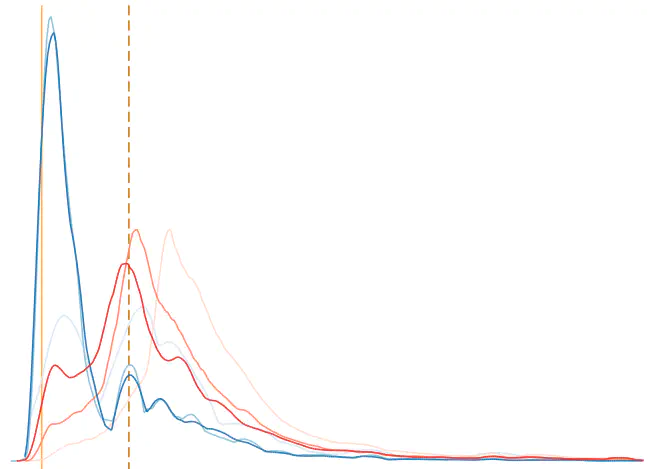The Effects of Minimum Lot Sizes on Housing Markets, Neighborhoods, and Individuals

Abstract
In 1998, Houston reformed its subdivision ordinance to relax minimum lot sizes in parts of the city. I exploit the spatial discontinuity in where the reform was targeted and use a difference-in-differences design to analyze the effects of the reform on housing markets. I find that, where minimum lot sizes were relaxed, housing supply increased and average lot sizes decreased. Despite this increase in development, I find that prices increased. Relatedly, the resident population becomes more advantaged over time, and target neighborhoods see improved amenities. Ongoing work examines the effects on incumbents.